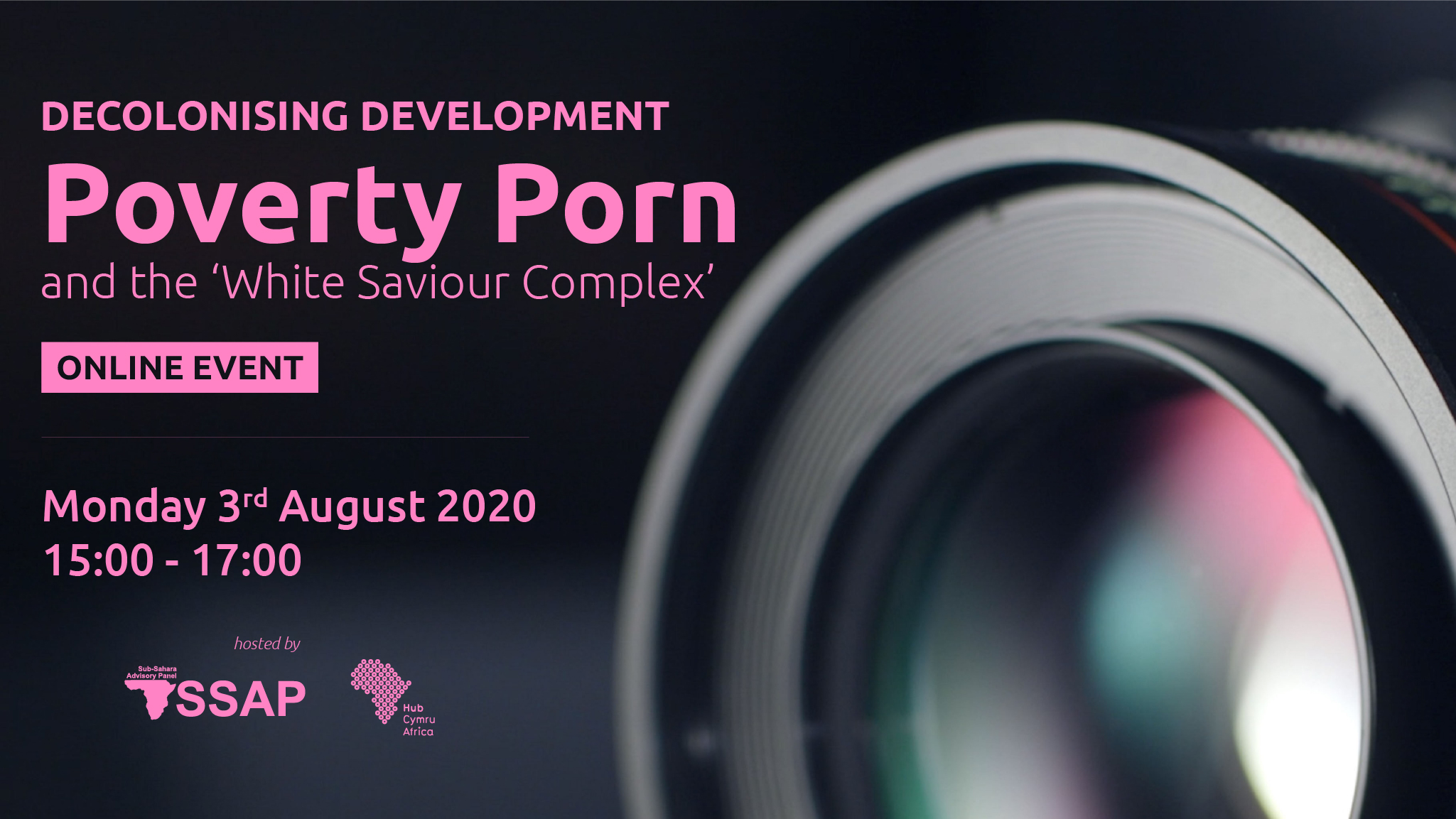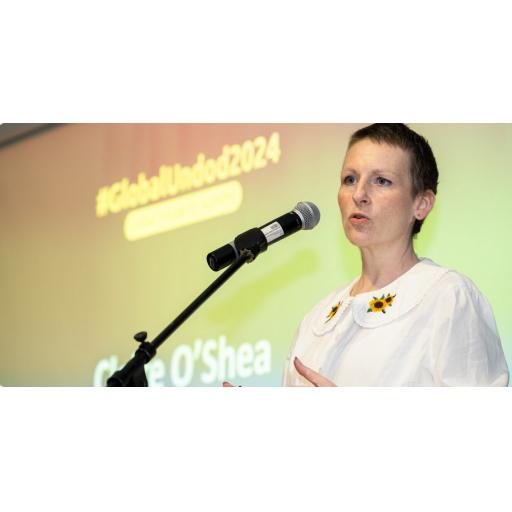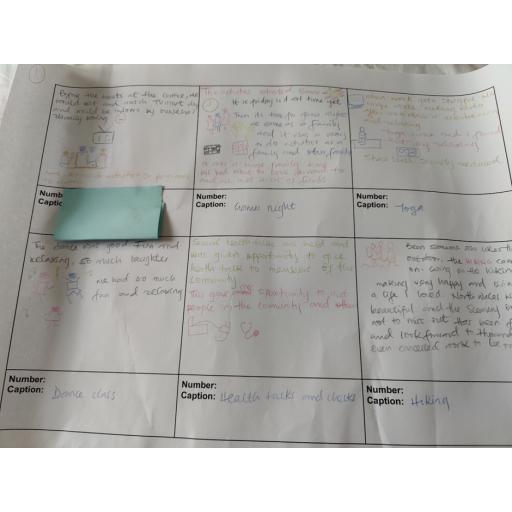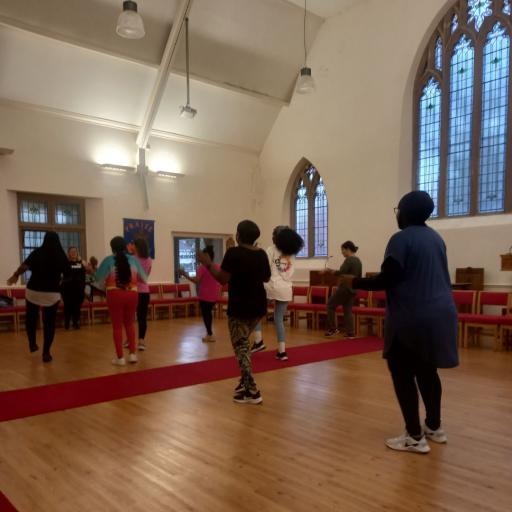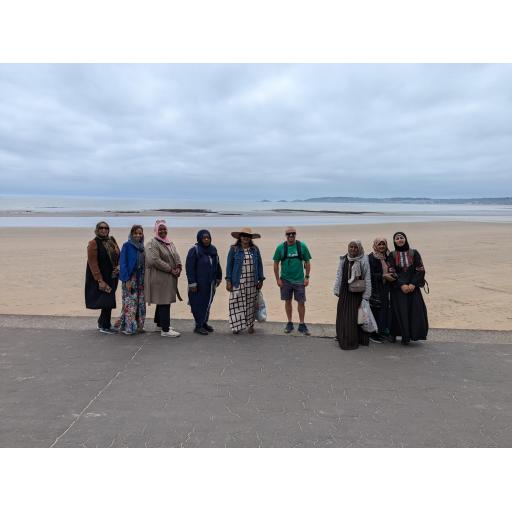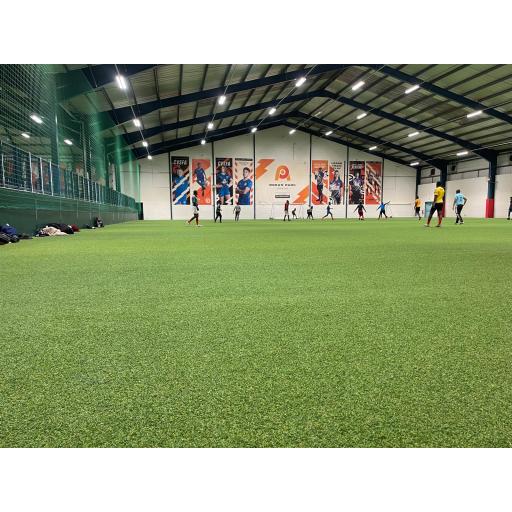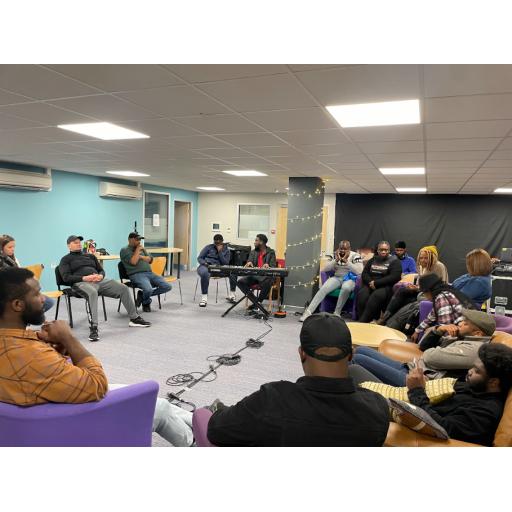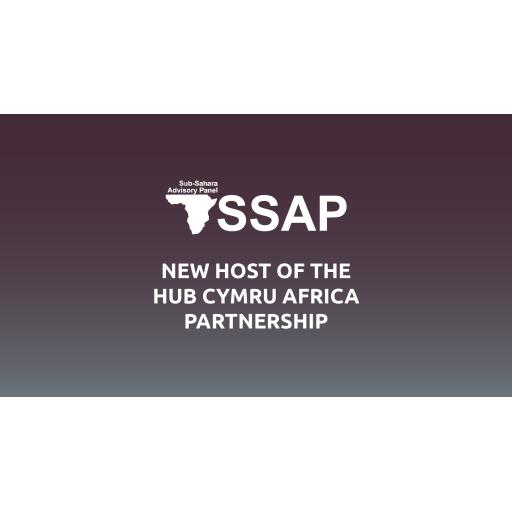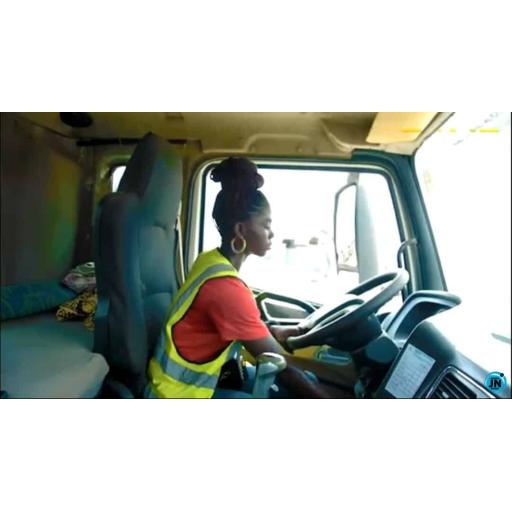We want to make this a positive experience for all participants. If you have particular access needs (for example visual impairment, dyslexia, deafness etc, please contact us at the following email so we can work together to get you as good an experience as we can.’
About this Event
In partnership with SSAP Youth and Hub Cymru Africa .
We are pleased to present the next webinar in our series of “Decolonising Development” - ‘Poverty Porn and the ‘White Saviour Complex’”.
This series forms an important part of SSAP’s current project - 'Reframing the Narrative'. The project aims to decolonise the development sector by exploring and discovering how images of Africa are presented.
"Poverty has a home in Africa like a quiet second skin. It may be the only place on earth where it is worn with unconscious dignity.” Excerpt from “Tales of Tenderness and Power” by Bessie Head
For decades, development charities have turned to the imagery of extreme suffering and destitution to raise money and promote awareness for their campaigns. This is “poverty porn”. The depiction of people suffering poverty as helpless and hopeless aim to evoke an emotional response from viewers and move them to give generously. It’s a means to appeal to the kindness of humanity but at the cost of dehumanising others. It’s doing more harm than good.
The term “poverty porn” began to spring up in the early 1980s. In an article published in 1981, Jorgen Lissner, director of a Danish voluntary aid agency, condemned the use of images of starving children in fundraising campaigns as social pornography. “It puts people’s bodies, their misery, their grief and their fear on display with all the details and all the indiscretion that a telescopic lens will allow,” he wrote.
So why do charities continue to use poverty porn? The main reason is that it often works for them, at least in the short-term. Shocking imagery grabs people’s attention and brings in more donations. It’s an easier sell, as it were. It can even appeal to a [white] saviour complex, pushing the false notion that poor people are incapable of helping themselves. Continuous use of poverty porn means groups of people have come to be defined by suffering. Stereotypes are created and reinforced, and ignorance and indifference grow.
The session will take a look at this issue while invariably drawing a link with the “white saviour complex”. Issues of consent, romanticising of poverty, virtue signalling, perception and the adverse effect these may have on true development will be explored and real solutions will be discussed.
Watch it here!

